This week I shared insight on the theme what we do in our daily lives affects our waterways. It’s particularly surprising to come to the realization that even though we might not live anywhere near a river, lake, or stream our daily actions have massive consequences on the waterways – and ultimately the ocean. It’s all interconnected. Remember “gas from our cars – not tankers or pipelines – is responsible for 92% of the petroleum spilled into the water”? The products we buy affect marine mammals. Plastic (i.e., marine debris) accumulates not just in the Pacific Ocean, but in the North Atlantic and possibly every sea on the planet. Fish are affected by the medication we take (not just that we dump down the drain!). Lastly, what we use on our lawns and gardens causes eutrophication – depleting waterways of oxygen and leading to the fish kills.
This weekend I am very grateful that my husband and neighbors will be helping me to label the storm drains in our neighborhood as a project for the Northern Virginia Soil and Water Conservation District. I have a picture of a stack of 50 below. They look pretty sophisticated. Does your neighborhood have labeled storm drains? Share with me how effective you think they are and if they’re as interesting as these in Baltimore, MD.
The complete list of the “We affect what goes in our watershed” week
- Monday: What’s in your medicine cabinet affects aquatic life
- Tuesday: Can’t blame just Big Oil
- Wednesday: 70 Degrees West project
- Thursday: Did you know what we add to our garden affects the ocean?
- Friday: PBTs leach from our junk, build up in blubber of marine mammals
Here are pictures of the storm drain labeling event.


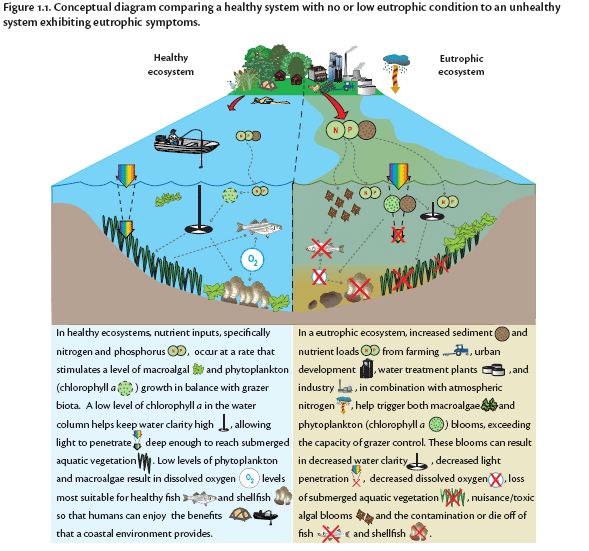
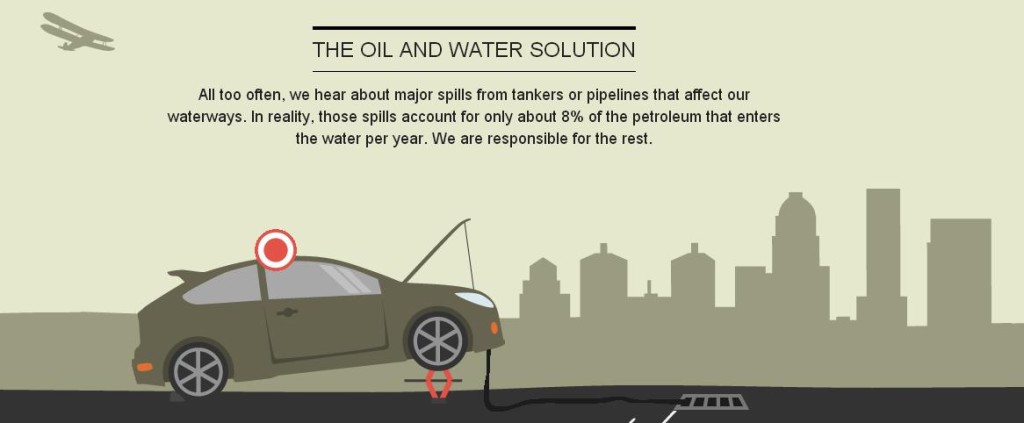

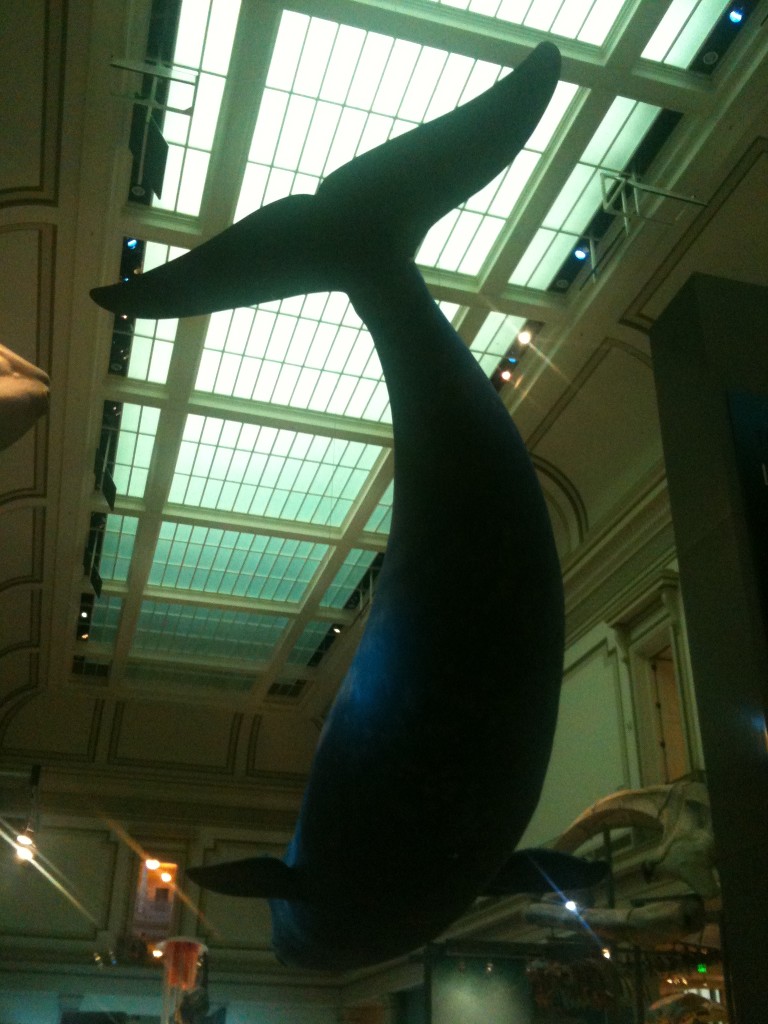

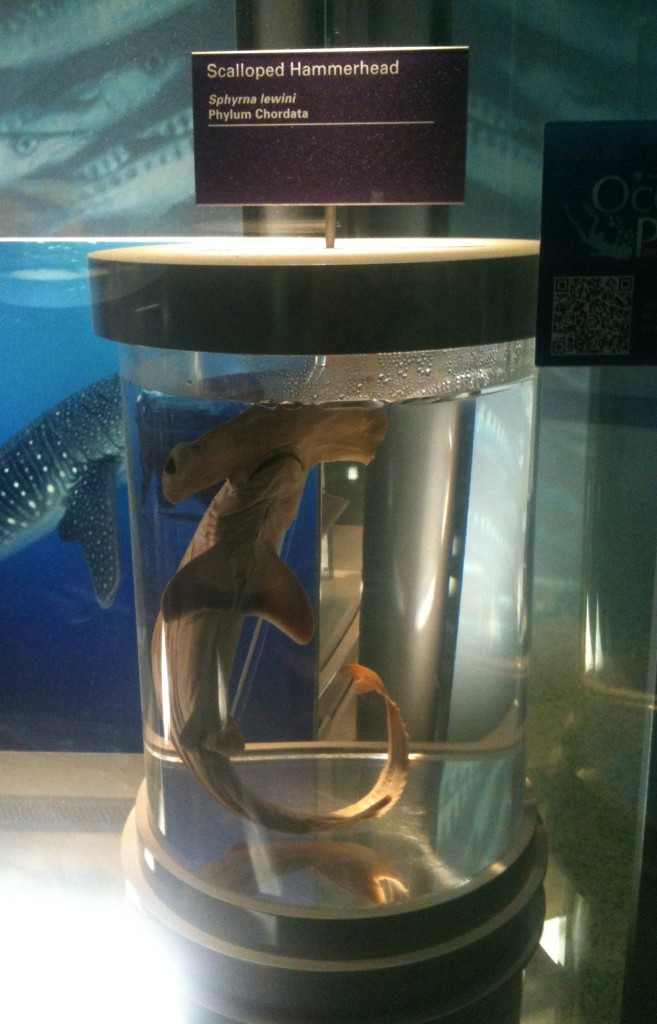
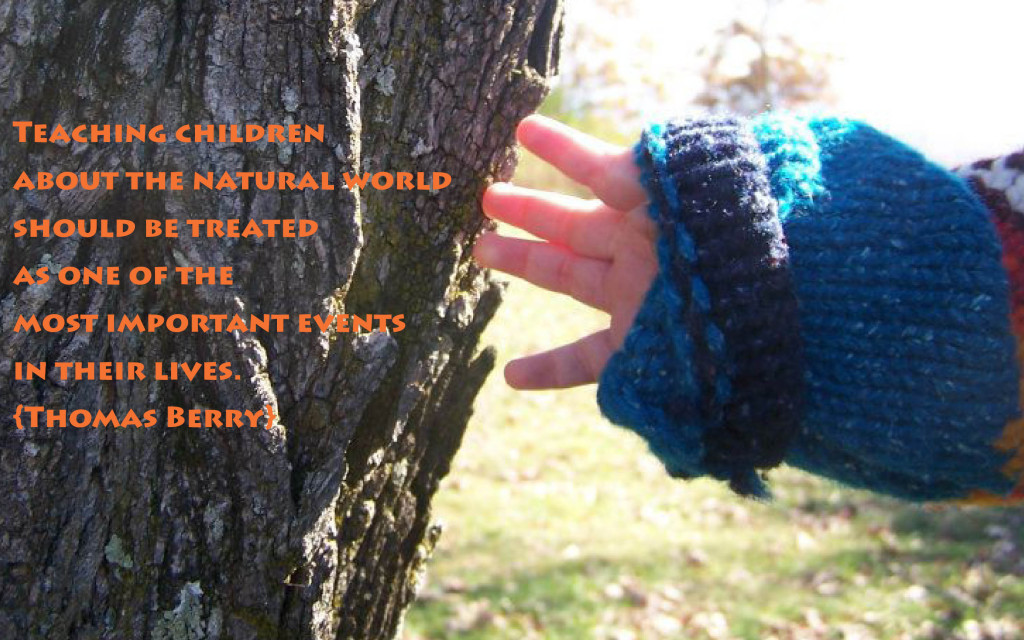


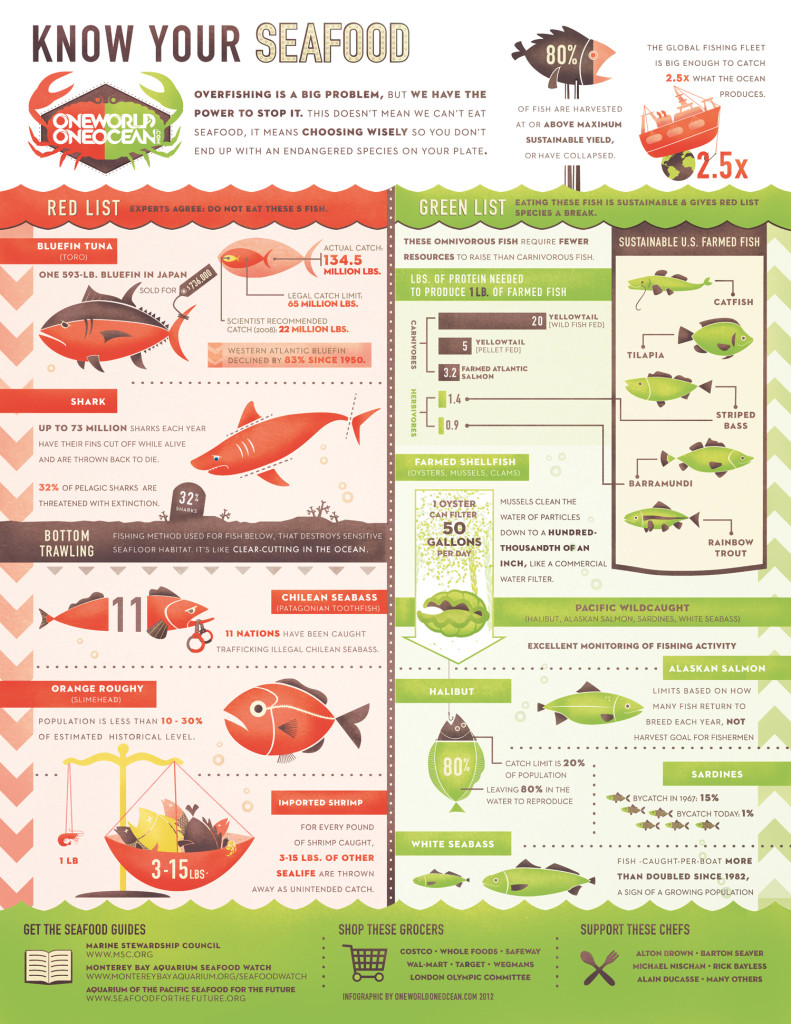














What people are saying …